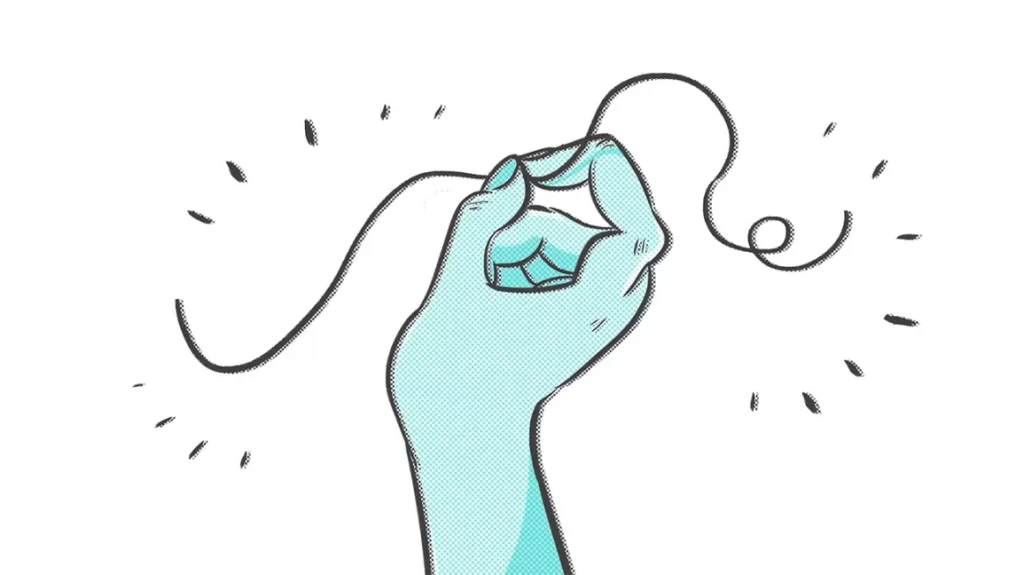
Trichotillomania (TTM), otherwise known as Trich, is a disorder where people pull out their hair, one strand at a time, from their scalp, eyelashes, eyebrows or other parts of the body. It can be very traumatic for sufferers. Today, Shannon shared her own experience with us, teaching us more about the condition…
** Before reading on, we would like to give a trigger warning for the mention of self-harm**
I’m gonna talk about a condition that girls would never speak about and not many people know about, trichotillomania! Now I know most of you are probably like what is that? Basically, it’s where I feel the need or the urge to pull out my hair. Now I only ever pulled it from my actual hair on my head but some go as far as pulling out eyebrow hair, leg hair, eyelashes and so on, in a way I guess it’s self-harm, I’m harming myself to make me feel better.
I started this when I was about 8 years of age not even realising I had begun it in the first place, my parents had gone through a messy divorce ( I’ll leave that for another time) and I guess I couldn’t cope and needed something to distract myself. I’ll never forget it, a girl in my class in primary school said to me why do you have a bald patch on the back of your head? You look like you’ve got cancer and that stuck with me. My mam eventually coped it and sent me to the doctors. I got sent to a therapist who helped a lot, I loved her. My teachers were told that to stop me from doing it, I was to write down every time I had the urge to pull. I did stop for a while.
But when puberty hit me and having to deal with peer pressure and boys and all that comes with it, I started again. But this time, I was more secret about it. Now at the age of 21, I still do it, but rarely do I notice I’m doing it. I do it when I’m stressed or feel like I’m having a bit of anxiety. It was only up until a few years ago that I had a name to match it and realised I wasn’t the only one who does this I deal with stress and pressure. I don’t let my imperfections get me down.
So if you’re reading this and thinking I do this too, then speak to somebody. It’s better to let it out and talk to somebody; a doctor your mam, your dad, a friend, or a family member. But don’t think it’s a bad thing, don’t think you have to hide it either or that it’s wrong, because it’s not. Writing in a diary helped me when I was younger and music helped me a lot too. As I always say now, it’s just a bad day, not a bad life.
What is Trichotillomania?
Many individuals who have TTM may have noticeable bald patches or no eyelashes or eyebrows. There are two types:
- Where the person knows that they’re pulling out their hair or eyelashes.
- Where the person doesn’t realise that they’re pulling out hair/eyelashes until they notice the hair, eyelashes, etc beside them. This typically happens when the person is doing something else such as talking on the phone, studying or watching television.
The Signs and Symptoms are:
- Inability to resist urges to pull out one’s hair
- Increasing tension before one pulls his/her hair/eyelash/eyebrow
- Enjoyment and relaxation when pulling
- A feeling of relief after pulling
- Noticeable hair loss
- lncreased upset and/or difficulties with daily life.
Both men and women are affected by TTM and it can start at any age. For many people, they usually start pulling around 12 years old. The Trichotillomania Learning Centre in America thinks about 2-4% of the population has this disorder. In other words, this means that two to four people in every 100 would have TTM, so it is more common than realised.
TTM ranges in severity for people. Some people may only pull hair from one area, but others may pull hair from a couple of areas.
Please remember that TTM is not:
- just a nervous habit
- a sign of abuse
- a sign of emotional disturbance
- your or your parent’s fault
- people with TTM are not trying to hurt themselves or do this for attention.
You can get more information on Trichotillomania here.
We would like to thank Shannon for sharing her story with us and our community x
If you would like to support us and the work that we do, you can find out more below




